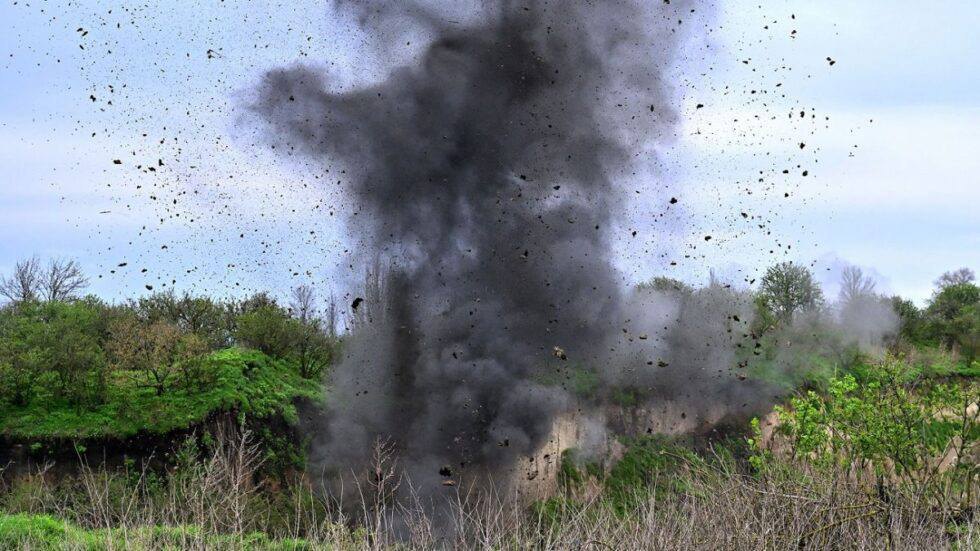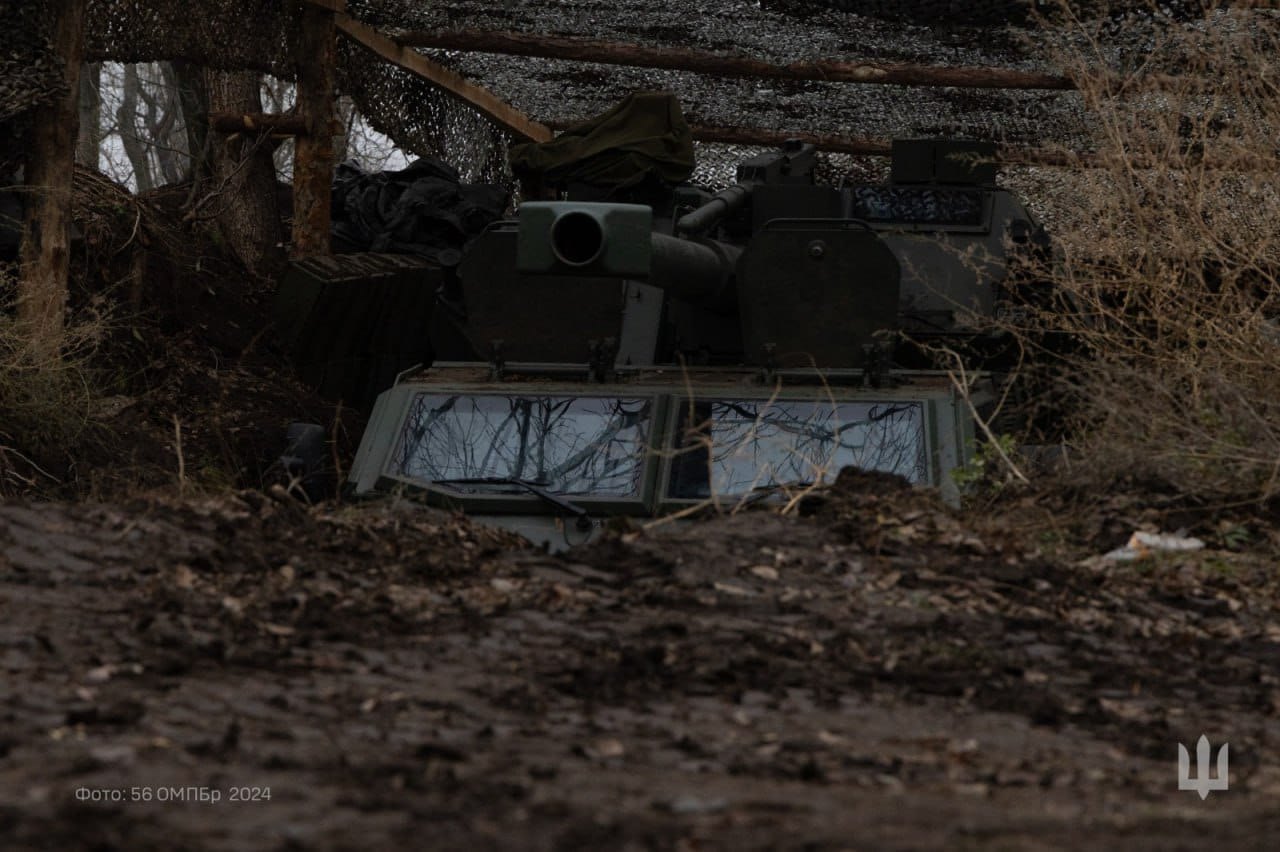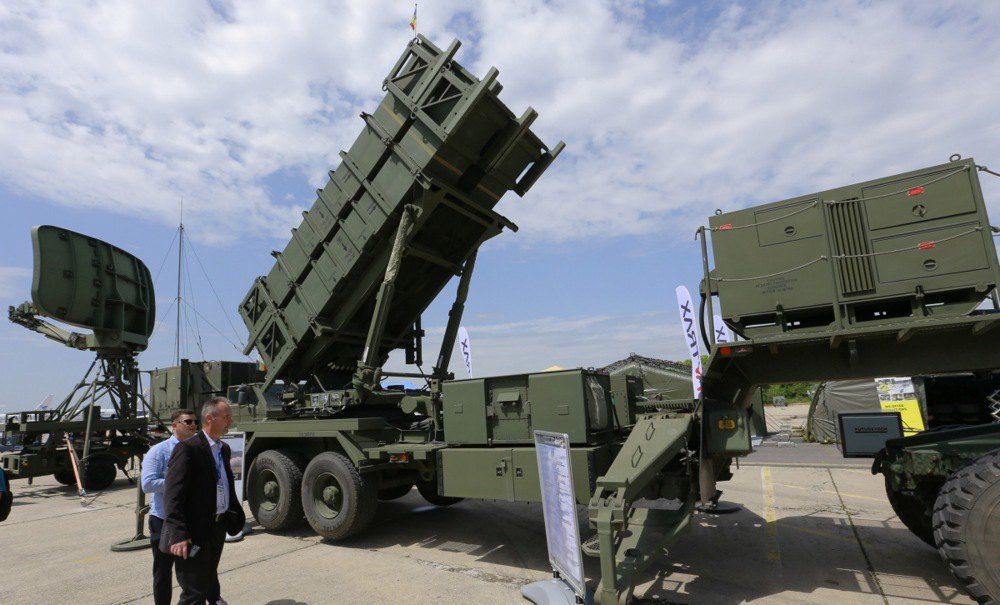
The long arm also works, in the depths – the same strike on the shooting range in Shostka, on the NGU training ground, could have been more bloody, but we were lucky – there was no cluster head at hand, they hit the OFS.
Moreover, the corrector drone was spotted, and the command to take cover was given. The border guards were in time, but the National Guard was not.
Because it’s all about interaction – teams with radio frequency spectrum analysers; a conditional department in the Damba programme, where information from the electronic warfare and electronic signals intelligence, etc. flows; and operators of interceptor drones that still need to be launched. The new MOS codes are complicated, there are not enough of them, and the interaction is lame.
And the issue is not only the proximity to the border – of course, regular weapons need to be maintained, no one will transport soldiers hundreds of kilometres away, and there were shelters.
It was the fact that the signal did not have time to pass through, that there was a UAV indication and the posts had detected the wing earlier.
Because all these operators of digital communications, electronic warfare stations, and airborne threat warning departments need to have certain knowledge and experience.
For a hundred organisations, it all snowballs: mistakes accumulate, interaction slows down, and the lack of personnel and the excessive workload further reduce efficiency.

The management has only a vague understanding of new technologies, while those who have gained practical experience often lack management skills – not every good officer is a good commander. Time is the most critical and scarce resource.
The enemy retains the initiative due to numerical superiority and higher shell expenditure per day. They have scaled up the use of fibre-optic drones and focused efforts on last-kilometre logistics – all without the threat of electronic warfare.
He is building up fibre-optic UAV operators in the first echelon to strike further and deeper, regardless of losses – by next month, new ones will be trained.
Logistics are collapsing – they bypass resistance points using buggies, motorcycles, and civilian vehicles, relying on their manpower advantage.
Yes, at great cost – this is typical wherever motorcycles are deployed. They were, in fact, originally devised by the Iranian Revolutionary Guard Corps for human wave assaults.

But if Russian mothers and wives (who, in interviews with prisoners, appear more interested in financial compensation than the fate of their sons and husbands) accept this, why should the Kremlin care?
We must repair aircraft on the fly – reinforce rear roads with netting and set up posts equipped with analysers, pump-action rifles, and man-portable air defence systems. Shelters must be constructed from caponiers with netting at specified intervals. Groups should be deployed to counter fibre-optic threats in depth before they reach the first echelon – with nuances not meant for public disclosure.
If we are late, the enemy reaches the fibre-optic launch line – already at 25–30 km – and operations involving heavy equipment (cranes, excavators) become nearly impossible.
The unfinished defence lines are isolated, flanked by light infantry and through line breaks; logistics are knocked out of the sky, and you cannot put up nets under fire. The withdrawal from the sack, as well as the rotation, are associated with losses from UAVs.
We start fighting again in the third dimension, having moved a couple of kilometres away and avoided encirclement.
The enemy, for example, realised that it was difficult to reach the self-propelled artillery in the caponier with a direct hit, and started using thermobaric charges in the UAVs to set fire to the nets and camouflage – either smoking out the crew or causing the ammunition to detonate on the ground.
That is why we need metallised nets, complex shelter systems below ground level, with turns, with passages between ammunition and the crew.
But all of this requires resources, equipment, time and people – dozens of new brigades are struggling to find them.

War is evolution as it is. Either you evolve or you perish.
At the same time, it is difficult to close the issue with pure missile defence and air defence – with Russian unmanned systems on fibre optics, missile systems, KABs, artillery and infantry deployments.
It is not even a matter of purely countering drones, which can be done by the Unmanned System Forces (USF) operators in the depths, the line of drones in the front lines, and small air defence teams in our tactical rear. Rather, it is a complex of measures: mining, bunkers, anti-human wave cassettes, nets, tightening logistics routes with defences, light shells (60 – 82 – 105 – 120), heavy infantry, counter-battery fighting and hunting enemy crews.
All of this can only work together: an attempt to bypass a stronghold on a motorcycle must be stopped by remote mining, drones or electronic warfare; an infantry assault must be suppressed by mortars, which have been brought to the stronghold by domestic mines along a mesh road; and the fibre-optic operator must be detected by his drone behind the dropped cables and destroyed by Western precision-guided weapons.
Of course, these are the products of factories in the rear, and not just military ones: dual-purpose, various civilian repair shops for agricultural machinery, metal processing, automotive chemicals, and fertilisers altered to meet the needs of the frontline.
Metallised nets, anti-personnel mines, concrete lightweight structures, engineered ammunition for quick digging, garage assembly of drones that move underground, Ukrainianisation of spare parts and electronics – and not just a Chinese designer for foreign currency. Nothing will happen without industrial mobilisation.

Of course, it would be good to protect the plants from Iskander and Shahed attacks, despite their dispersion, wheeled deliveries and relocation to highly vulnerable locations.
No wonder we were ready to buy 10 Patriot batteries for real money: creating areas inaccessible to small ballistics is a strategic task.
But the same Rubio has made it clear that the US has no new Patriot missile systems, even though dozens of PAS-2s are in storage.
They do not have time to modernise; they are needed in the Pacific region; they want the EU to buy them for money and transfer them to Ukraine – it must be emphasised.
And that new deliveries are possible only through EU partners – they say that Washington has yet to reimburse Germany and Romania for their systems.
One might even ask how they intend to confront China in the meantime, when we, not the US allies in the Pacific, need new systems.
The EU will transfer the third SAMP/T battery – Italy is working on the issue, and the delivery date in the new package is somewhere around autumn 2025.
But the fact that there were problems with the supply of missiles for the first two tells us that the EU will not solve these issues 100% yet.

It will take at least another year to scale up the engines, heads, and rudders, judging by the pace of procurement in the past and financial plans for the future.
So once again, it is nice to read and write that the EU will do this and give us that. It is a fact that aid is growing and will continue to grow.
But the main burden will be on Ukraine: the fight against fibre optics; the creation of drone-proof roads; engineering defence that takes into account the third dimension; straining the rear for light munitions, UAV interceptors, and Shahed hunters; dispersal of factories and industrial mobilisation.
As long as we are holding the enemy back on well-prepared defence lines in Donbas, it seems that this can go on forever. That a 30–50 km advance is all the enemy can show us. But it is dangerous, it learns and scales up successful solutions.
Therefore, this is an illusion, and we must recognise the obvious: there will be a lot more blood and suffering until Russia breaks. And we are the only ones on the planet who care about the number of them and where the aggressor will stop.
Now that the US is definitely not in a hurry to impose new sanctions (though there is still hope for the Senate) and supplies, plans for a quick ceasefire through negotiations are going down the drain, and further mobilisation in Ukraine is becoming less and less popular, Moscow still has the illusion that it can push us. Depriving it of this illusion is one of our strategic goals.







